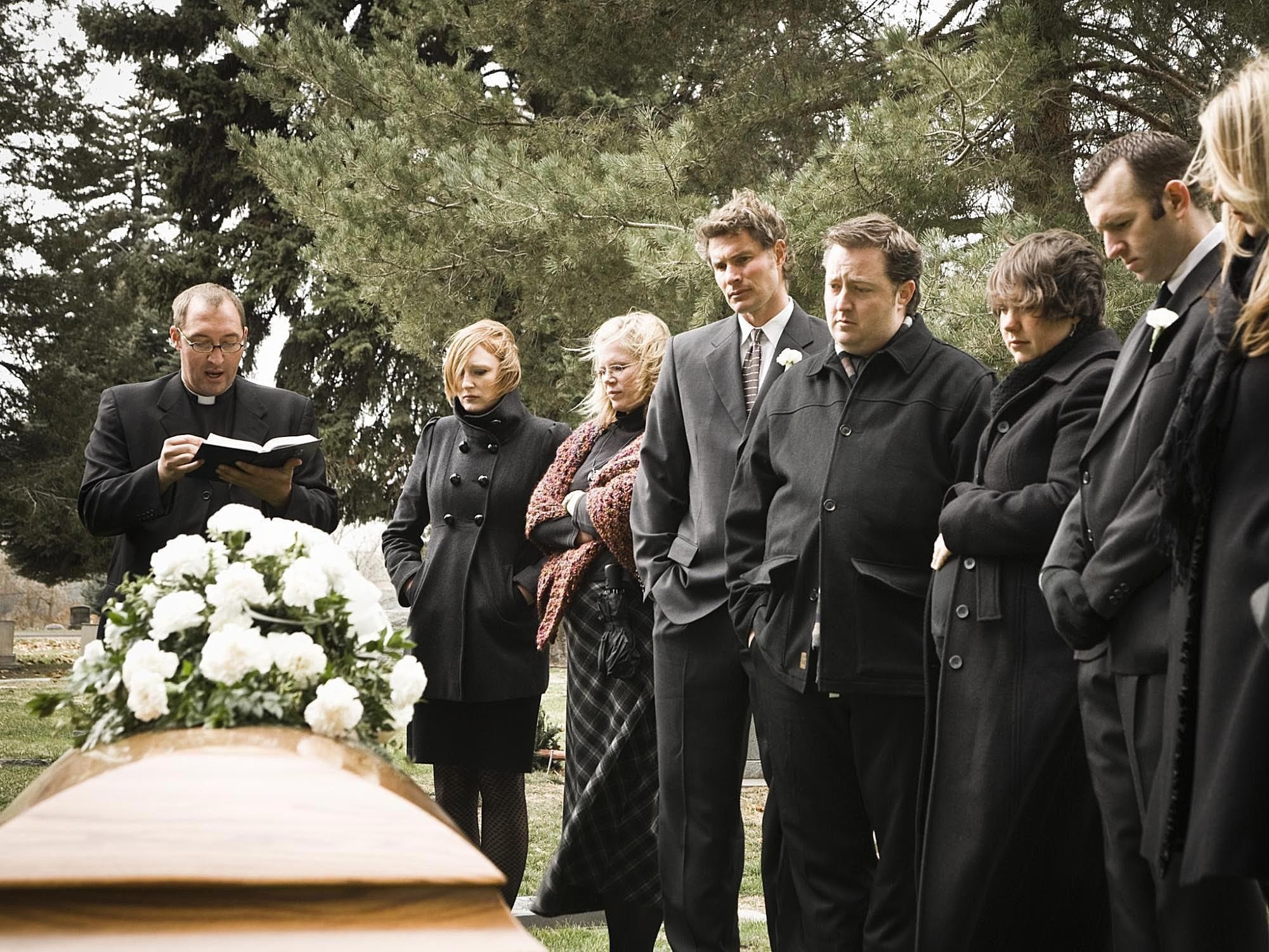This might sound gloomy, but I recently planned my own funeral in surprising detail and I feel fantastic—lighter, clearer, relieved. I am not expecting death any time soon, yet I know how quickly life can change. Taking charge now felt kind to me and kind to my people. What surprised me most was how much funeral planning as a form of therapy eased my nerves and settled my mind.
Getting It Done While You Still Have Capacity
Funeral planning is not only about death. It is about clarity, personality, and values. It lets you say what matters while you have opinions, energy, and a playlist. We plan weddings and holidays with spreadsheets, but the one guaranteed event often gets ignored. Facing it early can be calming and genuinely therapeutic for your future self.
Think of it as a mental health exercise: name what matters, remove guesswork, and reduce stress for the people you love. Many people discover that funeral planning as a form of therapy lowers anxiety and increases a sense of control.
Funerals Are Awkward, Personalising Helps
We have all been to ceremonies that felt exquisite and others that felt off. When no one knows the person’s preferences, small choices suddenly feel heavy. I made choices that reflect me: simple cremation (or the most eco-friendly option available), music I love, comfortable clothes, colour if you like it, laughter welcome. Please, no laminated bookmarks with my face on them.
For Planners and For Non Planners
If you love lists and tidy folders, this will be your Olympics. Make a document, label it “Funeral, but make it good,” and outline the basics. If you are more chaotic, jot notes in your phone, email yourself a list, or text a friend. It does not need to be perfect. It just needs to exist.
Either way, the relief is real. The simple act of documenting wishes often delivers the same calm you might feel after a helpful therapy session.
The Psychology of Avoidance
We avoid this topic because it stirs up death anxiety. Psychologists also talk about anticipatory grief—imagining loss before it arrives. Avoidance feels easier in the moment, but it can make decisions harder later. Planning while you are well and thinking clearly turns avoidance into acceptance.
This is where funeral planning as a form of therapy shines. Naming fears, choosing preferences, and writing instructions create emotional safety for you and for others.
A Bit of Earthiness
Ceremonies can be real, tangible, and warm. I left a short note that sets a tone: what to avoid, what to lean into, and what I hope people remember. I even thought about food: warm bread, good cheese, perhaps a glass of red, and those delicate chicken sandwiches. Hugs, stories, and laughter that snorts.
The Kindness of Clarity
If you have ever arranged a funeral from scratch, you know how heavy each choice can feel. A clear plan is an act of kindness. It reduces conflict, decision fatigue, and second-guessing. Therapists and grief counsellors often recommend advance planning because it eases distress during a hard week.
Still Have Not Sorted the Photos
Photos are always the sticking point. People spend hours piecing together a life while crying into a USB. I am creating a folder called “Me, at my best (and funniest)” with a handful of favourites and captions. Even this is therapeutic: storytelling, memory-keeping, and deciding how I want to be remembered.
What To Include In Your Plan
- Disposition: Burial, cremation, or the most eco-friendly option available.
- Ceremony: Formal service, informal gathering, or no ceremony.
- Location: Indoors, outdoors, backyard, beach, or community hall.
- Music: Songs that matter to you, or that make people smile.
- Words: Readings, letters, jokes, or a simple moment of silence.
- Speakers: People you would like to speak, and those you would prefer not to.
- Clothing: What you would like to wear, and any guidance for guests.
- Food and Drink: Be specific. Comfort lives here.
- Flowers or Donations: Preferences and beneficiary details.
- Messages: Notes or letters to your people.
- Photos: A small, curated folder to make the day easier.
Each choice you record is a small dose of therapeutic clarity. The more you name, the less your loved ones need to guess.
Unexpected Side Effects: Freedom And Ease
I did not expect the freedom that followed. Planning put a bookmark in a chapter I hope will not be read for a long time, yet I no longer worry about the scramble. This is not morbid. It is intentional. Funeral planning as a form of therapy does not erase grief, but it replaces panic with steadiness.
Put the plan in a safe place, tell someone where it is, and get back to living. I have nominated an “artistic director” in my family. One less thing on the to-do list.
Frequently Asked Questions
How is funeral planning a form of therapy?
It reduces uncertainty, eases death anxiety, and gives shape to anticipatory grief. By naming preferences and values, you create emotional safety for yourself and those who love you.
Do I need a lawyer to write my funeral wishes?
A simple written document is often enough for guidance at the ceremony. For legal matters (wills, powers of attorney, advance care directives), seek professional legal advice. Your ceremony wishes can live alongside those documents.
What if I change my mind later?
Treat your plan as a living file. Update it anytime, note the date, and tell your nominated person where the latest version lives.
A Therapist’s Note
If this stirred questions or emotions, talking with a qualified therapist can help. Exploring funeral planning as a form of therapy in a supportive session can make the process gentler and more grounded.
Book an appointment or email drameliahaines@gmail.com for more information.

